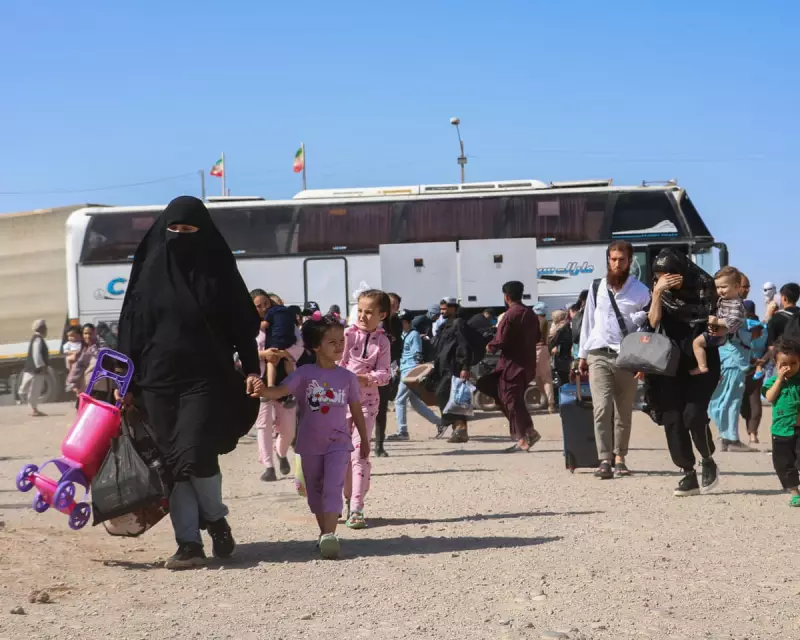
For over four decades, Iran has quietly managed one of the world's most significant refugee crises, providing sanctuary to millions of Afghans while operating with remarkably limited international support. Recent figures reveal the staggering scale of this humanitarian effort that has largely unfolded away from global headlines.
The Unrecognised Humanitarian Giant
While Western nations often dominate discussions about refugee response, Iran has emerged as an unexpected leader in humanitarian protection. The country currently hosts approximately 3.5 million Afghan refugees, representing one of the largest displaced populations globally. This number includes both documented refugees and countless others living in legal limbo.
Decades of Continuous Support
Iran's refugee story began with the Soviet invasion of Afghanistan in 1979 and has continued through multiple waves of displacement:
- The initial Soviet-Afghan war exodus
- Civil war displacements throughout the 1990s
- Post-9/11 conflict and NATO operations
- Recent Taliban takeover in 2021
Despite facing its own economic challenges and international sanctions, Iran has maintained an open-door policy that has seen generations of Afghan families find relative safety within its borders.
The Stark Reality of International Assistance
The financial disparity in global refugee support is particularly striking. According to humanitarian organisations, Iran receives only a fraction of the international aid provided to other major refugee-hosting countries. This funding gap has placed enormous strain on Iran's resources and infrastructure, affecting both refugees and host communities.
Integration Against All Odds
Remarkably, Iran has made significant strides in integrating Afghan refugees into society:
- Access to public healthcare services
- Educational opportunities for refugee children
- Limited employment pathways in certain sectors
- Social support systems despite economic pressures
This approach stands in contrast to many wealthier nations that maintain stricter separation between refugee populations and host communities.
The Future of Afghan Refugees in Iran
With the situation in Afghanistan remaining unstable and the Taliban's return to power creating new challenges, the prospect of large-scale returns appears increasingly unlikely. This reality places additional pressure on Iran and highlights the urgent need for more equitable international burden-sharing.
The international community faces critical questions about how to better support countries like Iran that bear disproportionate responsibility for global refugee protection while receiving minimal recognition or assistance.





